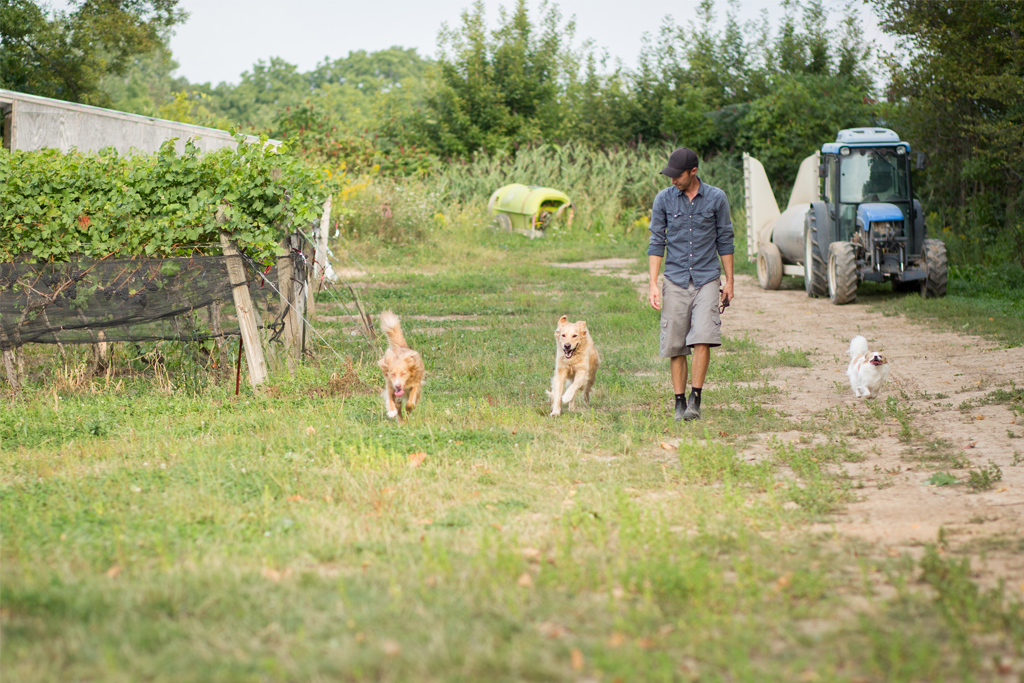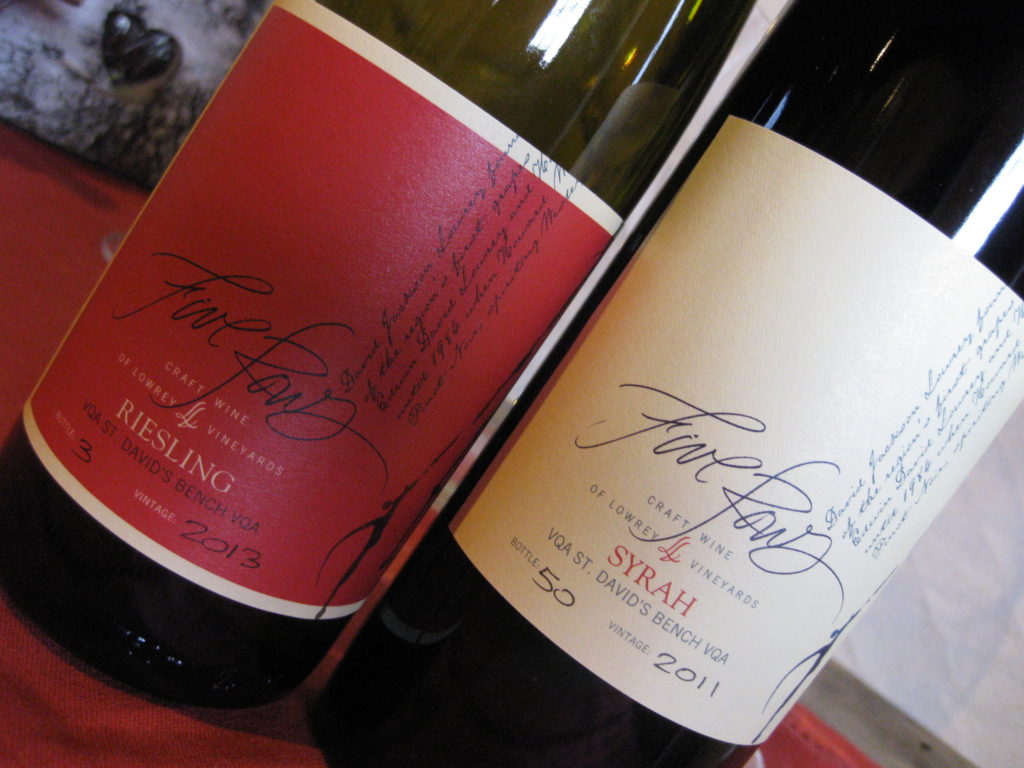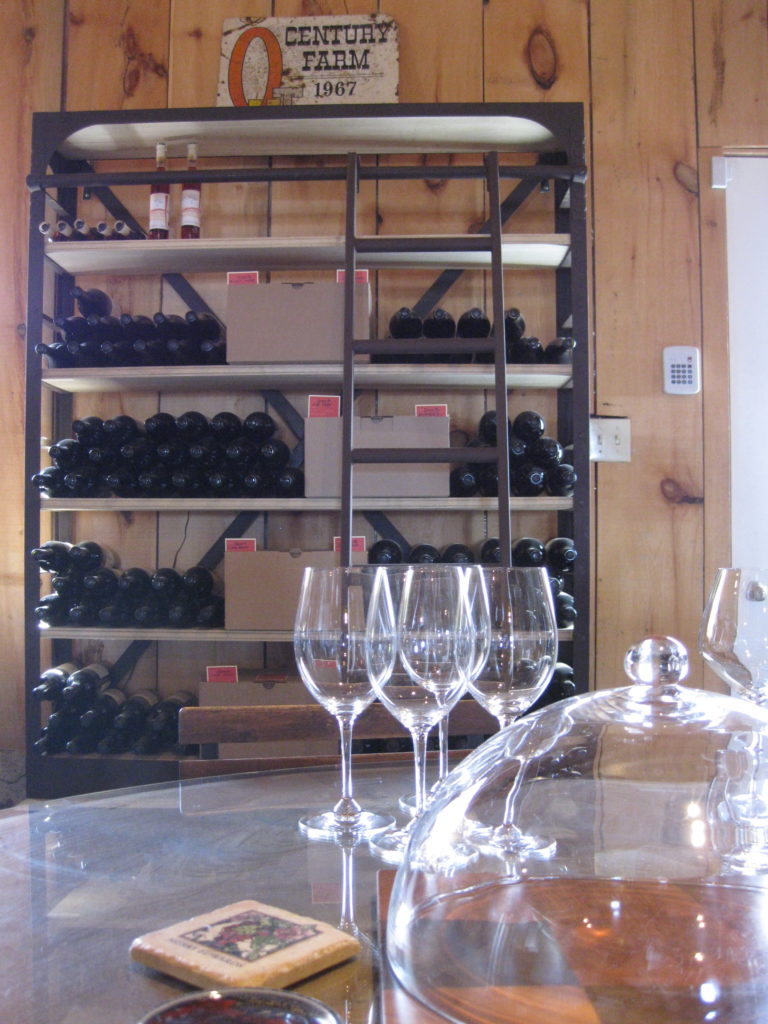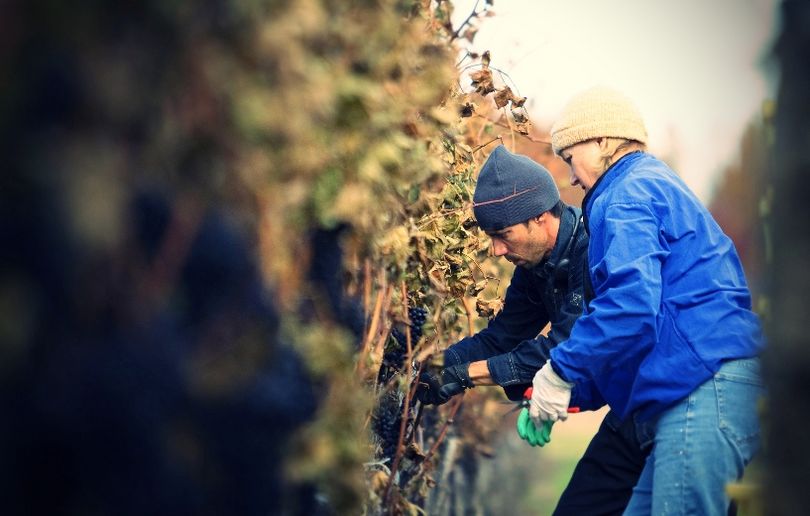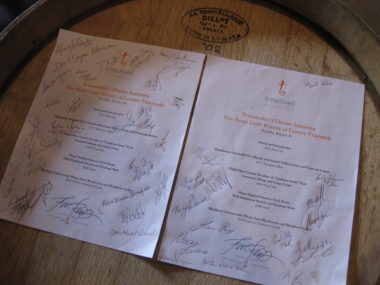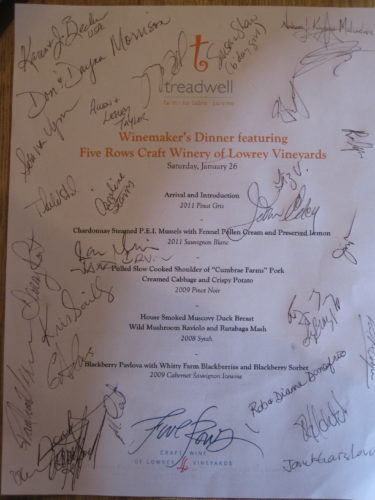What a luxury it was to be given a dry stretch of days to harvest all of our early varietals. I don’t recall a ripening period this ideal in all the years I’ve made wine.
Fall picking decisions are usually based upon rotten fruit and looming rain in the forecast. We weren’t entirely spared the former, but the lack of the latter allowed us to delay harvest dates until all the important parameters reached absolute perfection. Warm days to drive photosynthesis and accumulate sugar, and cool nights to maintain acidity and control fruit flies. I actually felt a bit greedy leaving some of our fruit on the vine as long as we did, but this rare ripening window was just too tempting not to take advantage of.
The Pinot Noir fermentations smell absolutely splendid! The Pinot Gris and Sauvignon Blanc were allowed to hang long enough to develop the most wonderful flavours to go with the desired sugar and acidity levels. As expected, crop levels were light, but the fact we had any fruit to harvest this vintage is a victory in itself.
It appears as if this little run of nice weather might be coming to an end, but I will not soon forget the exquisite fall scene of 2014.

